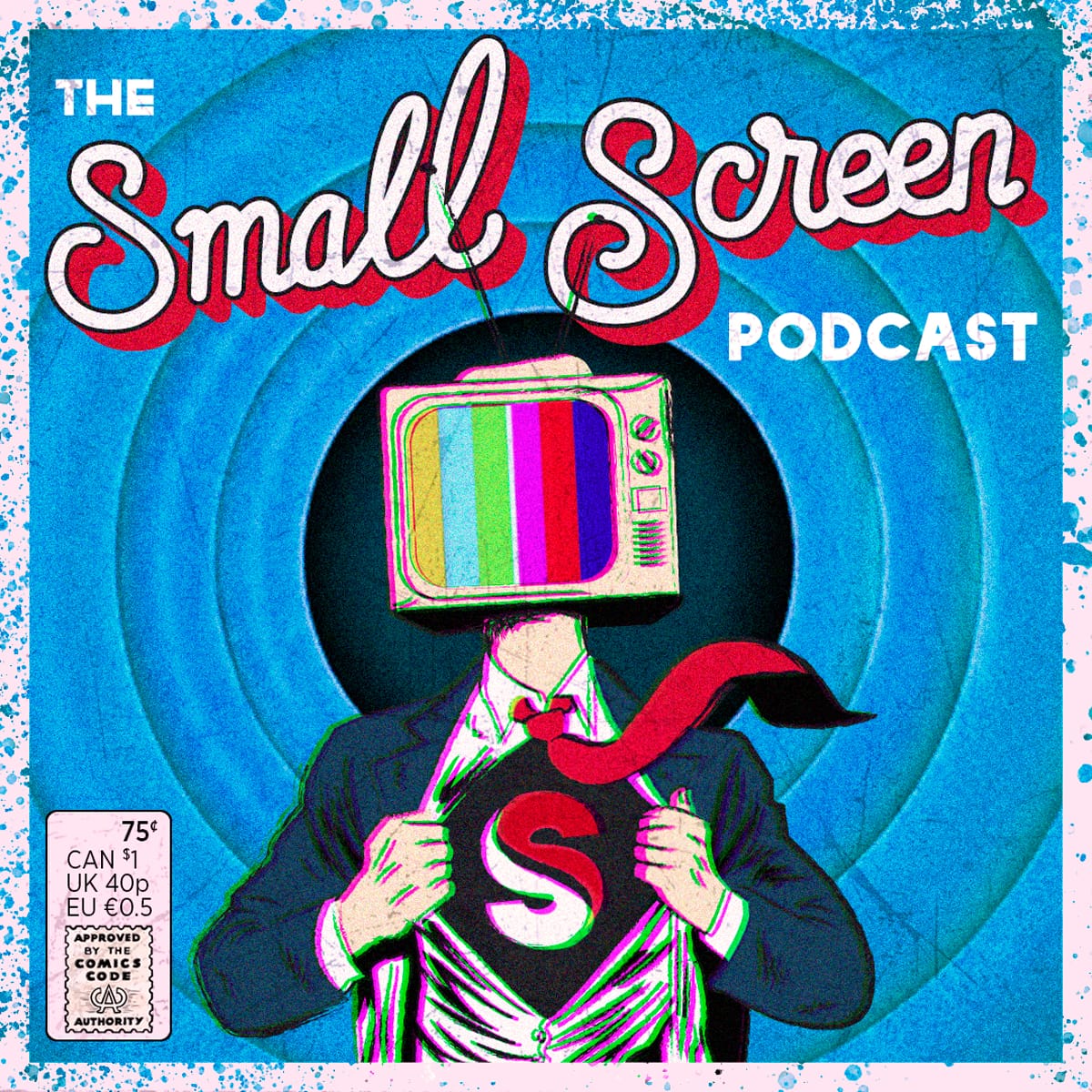Imagine you’ve spent hours researching essay rephraser, writing, and refining your paper. You’re proud of the thoughts and ideas you’ve put down on it and eager to share them with the world. But are those thoughts truly yours, or have you unintentionally wandered into the world of plagiarism?
You might have heard of the ever-present Turnitin, but did you know plagiarism detection is much more dynamic and intricate than just one tool? So let’s delve beyond the surface of Turnitin and explore a whole universe of plagiarism-fighting tools at your disposal.
The Evolution of Plagiarism Detection Tools

Credit: Pexels
READ MORE: Harlan Coben’s Shelter Season 2 Release Date, Cast, Plot, Theories & Predictions
Plagiarism, basically copying someone else’s work without giving credit, has been a no-no in the academic world for ages. Back then, there was no fancy tech to catch cheaters, so plagiarism could easily slip through the cracks. Besides, teachers relied on their instincts to spot suspiciously good essays. But this method was about as accurate as predicting the weather by staring at a crystal ball. Plus, not every copied sentence was easy to find.
Fast forward to the digital age, where computers flex their muscles, smart folks realized that technology could be a superhero in the battle against plagiarism. They created software that scans mountains of text faster than you can say “plagiarism police.” This technology made it possible to catch the sneaky culprits who thought copying and pasting would go unnoticed.
In simpler words, imagine plagiarism, like copying your friend’s homework and pretending it’s yours. In the past, teachers had a hard time catching the tricksters. But now, super-smart computer tools have come to the rescue. These tools scan loads of writing and point out suspicious bits, making it harder to get away with the “copy and paste” game.
Beyond Turnitin: Exploring Alternative Tools
Turnitin is like the rockstar of plagiarism catchers. Teachers love it, and students fear it because it’s good at spotting copied stuff. You give it your essay; it scans many sources and tells if something’s fishy. There’s more than one detective in town. Other tools can do similar detective work; some even have extra powers. They might be like the sidekicks to Turnitin’s main superhero role.
Comparing Turnitin and other tools, each tool has its unique abilities. Some are like bloodhounds, tracking down copied content even if it’s been reworded. Others are like codebreakers, spotting plagiarism in programming codes. So, if you want to write plagiarism-free papers like those obtained from a top UK essay writing service, it’s essential to know the tools to help make that happen.
Here’s a list of other plagiarism detectors and their unique abilities.
- Grammarly: It is about more than fixing your grammar. It also has a plagiarism checker that scans the internet for similar content. It’s like having a proofreading buddy who’s also looking for copycats.
- Copyscape: The web-surfing superhero. It searches the vast internet universe to see if your content pops up anywhere else. It’s the defender of originality against content thieves.
- Quetext: Dives deep into your writing and compares it to a massive database, highlighting any matches. It’s like having a detective with a magnifying glass for each sentence.
- Plagscan: The ninja of multiple file types. It’s not just about essays; it can sniff out copied bits in various file formats, like PDFs or Word documents. It’s the multi-talented guardian of all your work.
- Citation Machine: The time-traveling detective. It helps you generate proper citations, ensuring you give credit where it’s due. It’s like a historian who ensures everyone gets acknowledged in the grand academic timeline.
- Unicheck: Can detect similarities, even in paraphrased content. It’s like having a friend who recognizes your voice, even when you’re trying to sound different.
- Plagramme: The language expert of the bunch. It can spot similarities across languages, making it a hero for detecting cunning translation-based plagiarism. It’s like a linguistic codebreaker.
- Moss (Measure of Software Similarity): The code whisperer. It specializes in comparing programming code to uncover any similarities or copied bits. It’s like having a coding guru who can read the secrets of software.
- Viper: The global explorer. It scours not only the internet but also academic databases and content repositories. It’s like having a backpacker friend who has traveled far and wide to bring you back the truth.
- org: Takes on the internet’s dark corners. It hunts for plagiarism in hard-to-reach places like password-protected forums and subscription-based sites.
These plagiarism detectors are like a league of heroes, each with unique powers. From web-surfing to code-breaking, they’re all on a mission to keep your work original and plagiarism-free.
The Science Behind Plagiarism Detection
You probably wonder, “How can I use plagiarism tools to do my homework?” The best approach is to complete your paper and then run it through a plagiarism detector. The detector will highlight sections that appear plagiarized. But how do these tools do that?
Plagiarism tools are like fast readers, but they compare tons of text instead of enjoying a story. They break down the writing into tiny bits, like dissecting a frog in biology class. Then, they compare these bits to other writings to see if any pieces match. It’s like checking if your puzzle piece fits into different puzzles.
But here’s where the magic happens: algorithms. They are the brains behind the operation. Algorithms are like recipes that tell the tools what to look for and how to find them. Some algorithms are smart – they can spot even the tiniest similarities, like if someone changed a few words, but the main idea is still the same.
It’s not just about smart programming – some tools are like those robots in sci-fi movies that learn as they go. They use something called machine learning. Think of it like teaching your dog new tricks. At first, it’s a bit clueless, but it figures out what to do over time. These tools learn from many examples and become better at sniffing copied content.
In a nutshell, plagiarism tools are like super readers that dissect and compare writings to others. Algorithms, which are like smart recipes, help them do this detective work.
Strengths and Limitations of Different Tools

Credit: Pexels
READ MORE: From Season 3 Release Date, Cast, Plot, Theories & Predictions
You might be wondering, “Can Turnitin detect essays bought online?” Well, Turnitin only detects plagiarism. So if the essay bought online is plagiarized, Turnitin will flag it. Turnitin is like a superhero with a spotlight on copied content. It’s excellent at showing you where things match up with existing stuff. But sometimes, it’s so cautious that it might spot false alarms, like if you quoted something appropriately. Think of it like an overprotective friend who warns you about everything.
Other tools, too, have their unique powers. Some are like ninjas at night, detecting plagiarism even if it’s in a different language. Others are code wizards, catching copied computer code that Turnitin might miss. However, no hero is without flaws. Turnitin might miss some tricky stuff, and other tools might get confused if something’s not a perfect match. It’s like having a superhero who sometimes needs to be more mindful or get every detail right.
Navigating the Gray Areas: Interpretation and Context
Imagine you’re a detective trying to solve a case. Sometimes, the clues can be tricky to understand. The same goes for plagiarism reports. These reports highlight similarities, but it’s up to you to determine if they’re fishy or just regular coincidences.
Context is key. Sometimes, the tool might spot a match, but it’s because some phrases are common knowledge or widely used. It’s like when everyone knows the lyrics to a popular song – it doesn’t mean they copied each other.
Being a good detective means using your brain. When you see a similarity, consider whether it’s something many people could develop independently. It might be worth checking out if it’s unique or specific. It’s like Sherlock Holmes thinking twice when something seems odd in a case.
The Future of Plagiarism Detection
Imagine if our superhero detectives got even more incredible. That’s what the future holds for plagiarism detection. These tools might become even smarter at catching sneaky copycats. They could learn from even more examples, like a detective with endless cases.
But just like villains in movies, sneaky copycats might get smarter too. They could try new tricks to outsmart the tools. It’s like a cat-and-mouse game – as one side levels up, the other follows suit.
Imagine if our detective heroes became too powerful – they could invade our privacy. Balancing the power of these tools while respecting people’s rights is a big challenge. It’s like making sure our heroes don’t turn into vigilantes.
The Takeaway
The world of plagiarism detection is like a superhero squad – Turnitin, Grammarly, Copyscape, and all their pals are here to keep your work safe from copycats. So, if you’re a student aiming for academic greatness or an educator guiding the way, these tools are your trusty helpers. You need the right tools for the right job. Each plagiarism detector is like a different tool in your utility belt.
Combine Turnitin’s accuracy with Grammarly’s web-scouring, and you’ve got a dynamic duo that’s tough to beat. Using these tools isn’t about catching cheaters but preserving integrity. When you put your name on a paper, it’s like signing an art masterpiece. It’s your creation, your legacy. And these tools? They’re like the museum guards, protecting your masterpiece from art forgers.
What do you make of this feature? Let us know your thoughts in the comments below.
What do you make of this story? Let us know in the comments below or on our Facebook, Twitter or Instagram pages! And if you enjoy listening to film podcasts, why not check out our podcast, The Small Screen Podcast, wherever you get your podcasts!

















There are no comments
Add yours